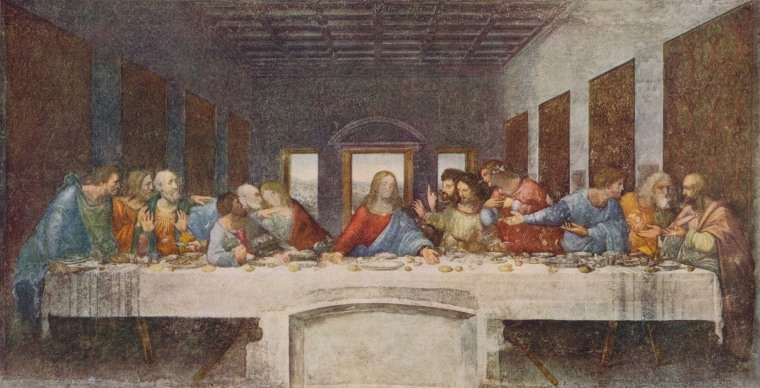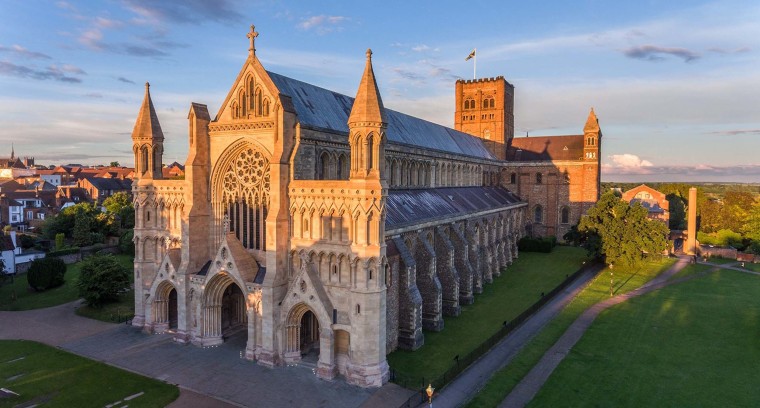One of England's oldest cathedrals is showing its support for Black Lives Matter by displaying a painting of the Last Supper in which Jesus is depicted as a Black man.
St. Albans Cathedral has announced that a 9-foot print of an oil painting by British artist Lorna May Wadsworth will be on display above the church's Altar of the Persecuted beginning on Saturday when the cathedral reopens to the public.

The painting is Wadworth's re-creation of the scene made famous by the 15th century mural of the Last Supper created by Leonardo da Vinci at a convent in Milan, Italy. The church also has a copy of Leonardo's painting that will continue to hang in the historic building, which dates back to the 8th century.
"We stand with the Black Lives Matter movement to be allies for change — building a strong, just and fair community where the dignity of every human being is honoured and celebrated; where black voices are heard, and where black lives matter," the church said in a statement on its website.

Dr. Jeffrey John, the Dean of St. Albans Cathedral, made the decision to display the artwork as protests continue worldwide against racial injustice in the wake of the death of George Floyd.
"The church is not in a strong position to preach to others about justice, racial or otherwise," John said in a statement. "But our faith teaches that we are all made equally in the image of God, and that God is a God of justice.
"Black lives matter, so this is why we have turned our Altar of the Persecuted into a space for reflection and prayer with Lorna’s altarpiece at the heart."
Wadsworth created the painting in 2009 using a Jamaican model for Jesus.
"Painting the Last Supper altarpiece made me really think about how we are accustomed to seeing Jesus portrayed," she said in a statement. "Experts agree he would most likely have had Middle Eastern features, yet for centuries European artists have traditionally painted Christ in their own image.
"I cast Jamaican-born model Tafari Hinds as my Jesus to make people question the Western myth that he had fair hair and blue eyes. My portrayal of him is just as ‘accurate’ as the received idea that he looked like a Florentine."

This isn't the first time Wadsworth's painting has made headlines. Last year, it was discovered that a bullet hole in the right side of Jesus' torso was from an air rifle pellet, according to the BBC.
She discovered it while the painting was being moved for an exhibit in Sheffield, England. The hole was in the same spot that a Roman soldier is said to have pierced Christ's side to check he was dead.
The leader of the Church of England has also weighed in on the portrayal of Jesus as a Black man. Rev. Justin Welby, the Archbishop of Canterbury, tweeted four different artistic renderings of Jesus on June 27 and wrote that "Jesus was Middle Eastern, not white."
"It's important we remember this," he wrote. "But the God we worship in Christ is universal, and the hope he offers is good news for us all."
Welby told the BBC in a radio interview on June 26 that the way churches in the West portray Jesus needs to be reimagined.
"You go into their churches (around the world) and you don't see a White Jesus - you see a Black Jesus, or Chinese Jesus, or a Middle Eastern Jesus - which is of course the most accurate," Welby said. "You see a Fijian Jesus - you see Jesus portrayed in as many ways as there are cultures, languages and understandings."
Welby added that the church is also scrutinizing statues and monuments that have links to Britain's colonial past and the slave trade.
"We're going to be looking very carefully, and putting them in context and seeing if they all should be there," he said.